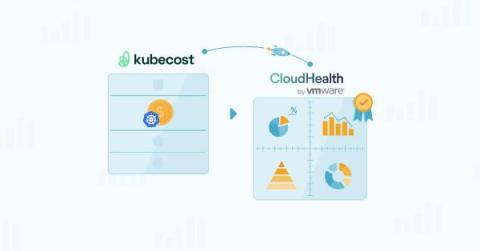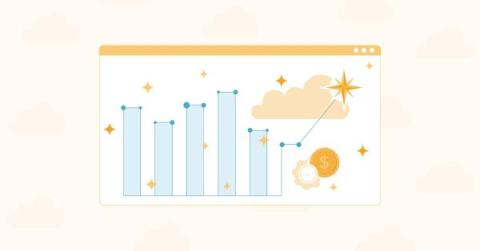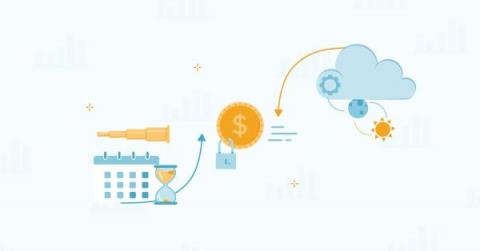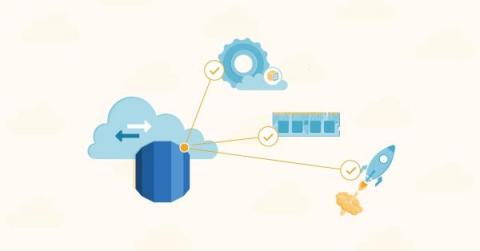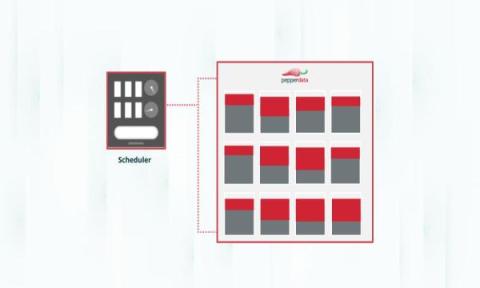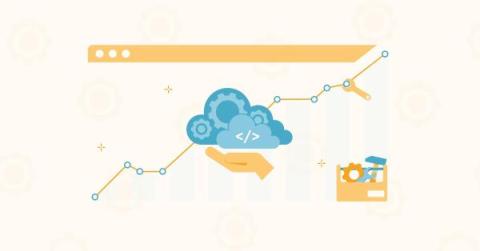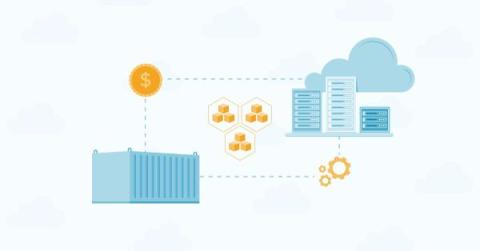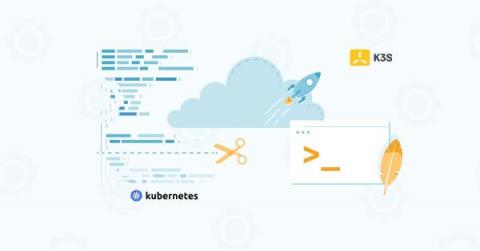The Limitations Of Combining CloudHealth And Kubecost
Ever since its release in September 2014, Kubernetes has been equally powerful and meme-able in the engineering world. For all the magic of its container orchestration and compute resource management, it’s also mysterious and, to many, confounding — especially when it comes time to pay for it. As we’ve written before, migrating to Kubernetes often means losing cost visibility.


